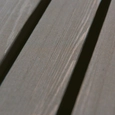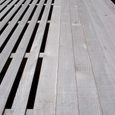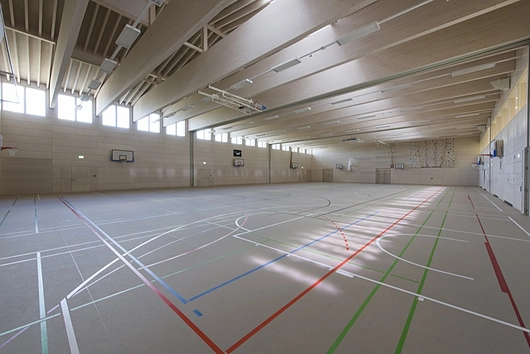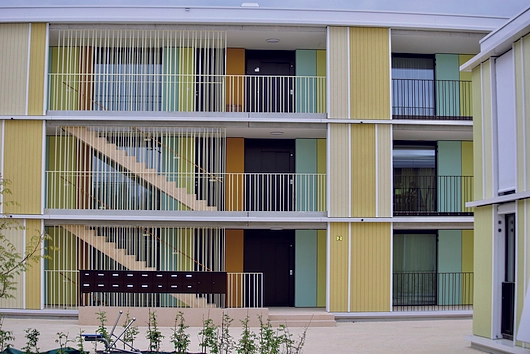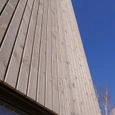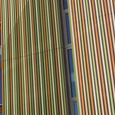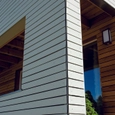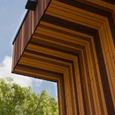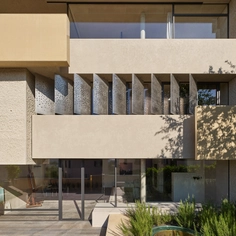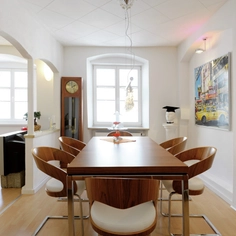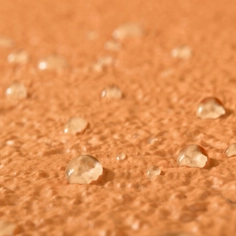KEIM has transferred the 'silicate paint model' to wood substrate. In Lignosil, the first mineral composite coating for the protection of wooden surfaces, two coating materials are combined:
- An oil primer with good penetration property
- A silicate paint that protects reliably from weathering and UV exposure
KEIM Lignosil Products
Lignosil Verano
Silicate greying glaze for controlled greying and in order to simulate a greyed, patinated surface as it occurs on natural wood after years of weathering.
Color brochure
Lignosil Inco
Silicate paint for wood and wood-composite materials indoors. It maintains the natural hygroscopic properties of the wood and thus ensures a natural and pleasant indoor climate. For opaque and semi-transparent paint coatings.
Lignosil Color
The first patented silicate paint for wood creating an opaque paint finish for exterior wood components.
Silicate Paints
Silicate paints are highly weather-resistant and durable. They are particularly suitable for maintenance, preservation and the design of facades thanks to their typical lime-matt appearance and purely inorganic pigmented color shades.
Building with Wood
Wood is versatile and renewable raw material with great properties in regards to architectural applications. Wood is a living material which constantly expands and contracts and therefore requires special care. In order to keep its beauty and durability, wood needs protection (particularly outdoors) from:
- Moisture
- UV radiation
- Chemical and biological influences
Renovation
The silicate paint system requires a small amount of material and low work effort for renovation. Thanks to KEIM Lignosil's aging behavior, a highly durable coating structure provides the advantage that surfaces usually do not need to be sanded off prior to a refinish.
Benefits
- Low diffusion resistance
- Excellent moisture protection
- Absolutely lightfast and UV-stable
- Extremely resistant to weathering and durable
- Matt appearance
- Protection
- Easy to renovate
- Tested according to Din en 927
- Security with proved single components



